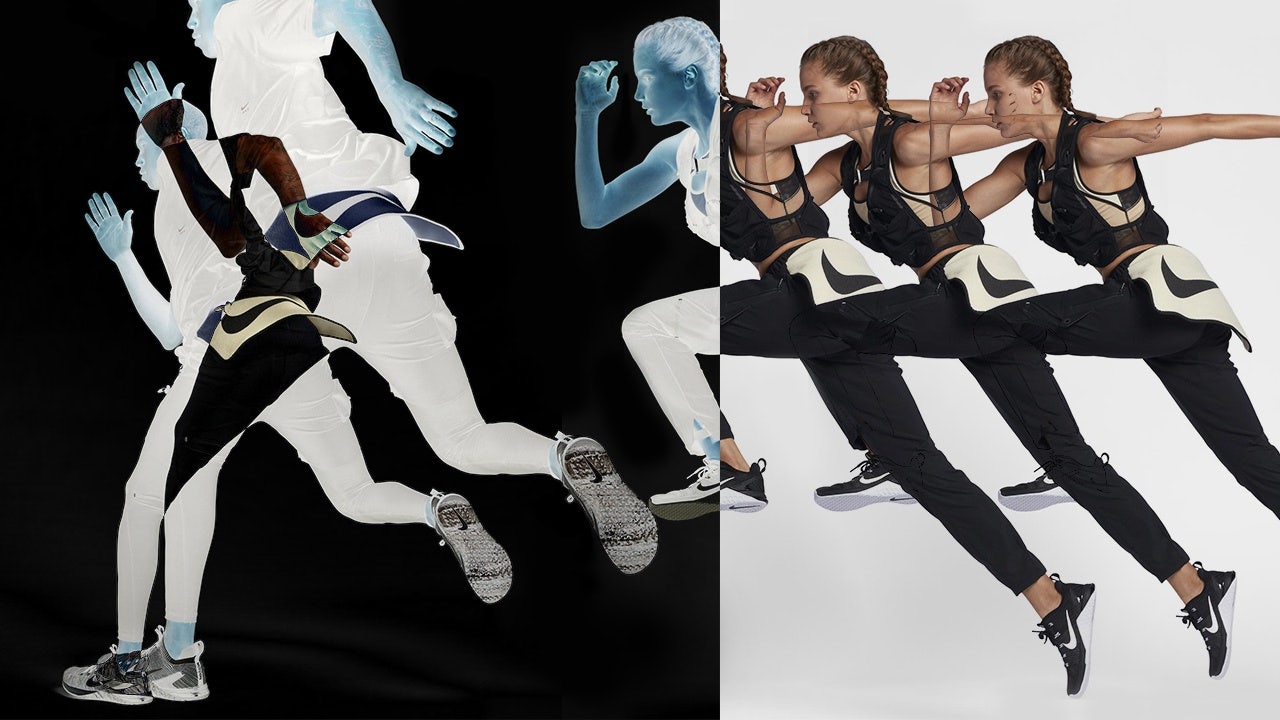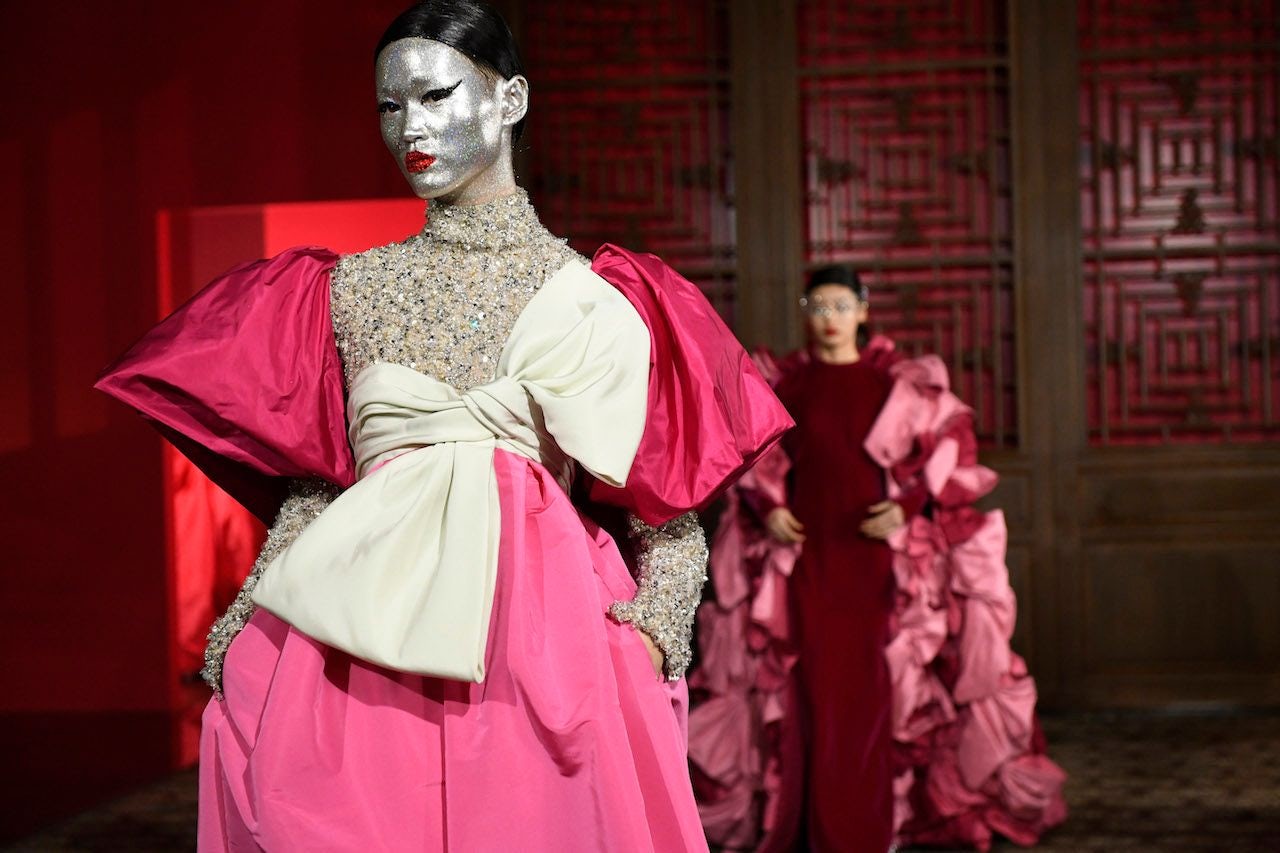Gone are the days when high fashion kept its distance from the sports industry. Now, the two rub shoulders easily. A global shift in living standards and societal values alongside a growing recognition of the importance of healthy living, has accelerated growth in the athleisure sector around the world.
In China, younger generations in particular are driving this trend. By turning away from hyper-consumerist lifestyles and embracing sustainability, healthy living and nutrition Chinese consumers are transforming a conservative country into one pioneering avant-garde sportswear.
Some retailers misinterpreted the rise of this trend and have misread the booming interest in health or failed to comprehend the vigorous interaction between sports and politics. If we add to this the rise in consumer appetite for sports and exercising, seen in the booming sports equipment manufacturing industry, we understand the unique cultural factors underpinning the rapid expansion in the sector.
According to market analysis firm, IBIS World, the industry has generated revenue of “32.8 billion in 2018, up 7.3% from 2017.” The speedy rise has caught some retail analysts off guard and not all fashion retail companies and executives have understood this sea change; hence, many have lost the opportunity to stay ahead of the curve. Marketing sportswear to teenagers and youngsters is one thing while retailing luxury activewear to various consumer groups is already far more complex. Here Jing Daily explores the reasons why the sports and luxury fashion combo sells so well in China.
The rise of wellness and the emersion of the “healthy consumer”#
Chinese consumers are becoming increasingly health-conscious, hardly surprising with chronic diseases, obesity, and cancer on the rise. The prevalence of diabetes in China has increased from less than 1 percent in 1980 to 9.4 percent in 2014 and nutrition scientists have sounded the alarm on detrimental dietary behaviours. Taking that into account, the unhealthy dietary habits of some of the Chinese population has brought upon concerns over weight-management.
Younger consumer groups have taken the matter in their own hands and started promoting fitness and a healthier lifestyle. Fitness influencers, nutritionists, and athletes with large followings on Weibo and WeChat generate targeted content that resonates with the public. Furthermore, they have created a standard of accessibility that has changed the landscape of wellness and sports.
Government efforts to promote sports#
The national healthcare expenditure has risen sharply while the pension fund is slowly crumbling under the weight of an ageing population that lives longer but not healthier. Considering the situation, the government amended the situation through a series of long-rage policies: Among the more acclaimed measures is the introduction of the Healthy China 2030 initiative in 2018. As the World Health Organization outlines, President Xi Jinping “has put health at the centre of the country’s entire policy-making machinery, making the need to include health in all policies an official government policy.”
This plan also proposes “greater technological advances and improvements to the health insurance system.” It is worth mentioning that through China’s health system reform, health insurance coverage expanded to the peripheral areas (and is not limited to urban settlements). If at the beginning of the century, less than 33 percent of China’s population had access to health insurance, now almost 100 percent of the country is insured. Additionally, the public sector offered tax breaks for sports businesses and raised the allowances for private sports organizations. Additionally, the government placed a special focus on organizations offering basketball, football, and volleyball.
Newly constructed, modern infrastructure#
The central government has also invested in a new sports infrastructure, integrating physical activity into the education curriculum. This development went hand in hand with China’s rise as a global sporting superpower. The Telegraph declared, “the government-set target is for the sporting sector to provide a sustainable national income while getting more than 500m of its people, almost a third of its present population, to exercise regularly.”
It continues that Beijing 2022’s “proposed budget for investment in Olympic villages, sports venues and other infrastructure totals 1.5 billion US dollars.” Furthermore, the government is planning to make additional investments in a high-speed rail link to neighbouring city Zhangjiakou.
Big sporting events#
China has hosted a wide range of world-class sporting events over the decade which have transformed the country into a global sports leader. These include the 2008 Summer Olympics and Paralympics, the Formula 1 Heineken Chinese Grand Prix, the Beijing International Marathon and various high-end equestrian events.
With the 2022 Winter Olympics and Paralympics are upcoming, China is on track to outperform even established destinations such as the U.S., France and the U.K., and the government has used this opportunity to replicate “the success of the US’ market-based sports culture on the international sporting stage.”
The rise of the sneakerhead culture#
This decade, China is set to become the global capital of kicks. Sneakers are having their most glorious moment on the mainland thanks to reality shows like Dunk of China and Rap of China, as well as, the rise in popularity of NBA players like Dwyane Wade (who signed a 'lifetime' deal with Chinese sportswear brand Li-Ning).
Kicks have become cult objects and are traded like stocks for huge profits. Bloomberg reported that China’s sneaker traders chase 6,600% returns flipping Air Jordans, a move that caught the attention of the People’s Bank of China which is now trying to temper speculative trading.
The NBA obsession#
CNBC’s Uptin Saiidi has said that the NBA is China’s most popular sports league and is “the most followed sports league on social media with more than 150 million followers.” Scott O’Neil, CEO of the 76ers told the channel that, “if there’s a second center of the basketball universe, it’s China.” Saiidi and O’Neil are both right: China has transformed basketball into its latest obsession and the NBA into the local culture and embraced the stylistic characteristics of its players and fans.
China is emphatically embracing streetwear. Brands like Nike and Adidas offer overpriced products and hyped collaborations with established designers have uplifted the image of these brands, creating a buzz, and attracting younger consumers: this is a new luxury. Social media and KOLs have elevated the status of these products, transforming them into cult objects. Balenciaga sneakers are an instant sellout while a Gucci logo transforms a tracksuit into a status symbol. This is the style revolution of a rebel generation that no longer abides by the rules of older generations, and this is why young Chinese consumers prefer luxury streetwear.
“Millennials don’t just reject the music, art, or clothes of their parents; they also reject the older generation’s major sources of economic and spiritual well-being,” says Laura Marsh, the literary editor of the New Republic. And this rejection of the “traditional” and the “classical” is reflected in fashion.
Interestingly, for a generation that preaches inclusivity, casualness, and accessibility, there’s a certain level of hypocrisy in the selection of a designer sneaker or tracksuit. Bejeweled Gucci trainers with a 1,590 price tag are hardly democratic. Whatever the intention, it seems the sports and fashion combo is the new luxury. And considering that the sports and fitness fashion market is predicted to reach 231,7 billion by 2024 at an annual growth rate of 4,42%, luxury brands are only cashing in on the most recent millennial obsession.

